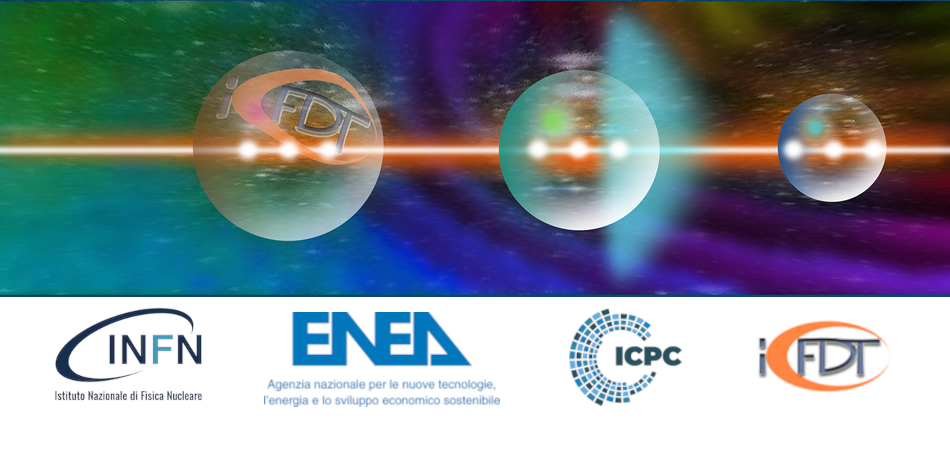Speaker
Description
Magneto-hydrodynamics instabilities (MHD) like Magnetic Islands can appear in the plasma of magnetically confined fusion reactors because of (neo-classical) tearing modes (NTM). NTMs perturb the magnetic equilibrium configuration creating shortcuts for the heat and particle radial transport, hence affecting the confinement, reducing the plasma internal pressure and in turns reducing the nuclear D-T reactions rate. In tokamaks, large magnetic Islands are responsible also of abrupt termination of the plasma discharge, a harmful event which produces strong electromagnetic loads on the metallic structure of the device and heat loads on the plasma facing components.
Control of magnetic Islands can be achieved by accurate injection of heating power inside the magnetic Islands, and injection of MW power at the Electron Cyclotron frequencies (ECH/CD) is usually preferred because of its capability to inject power within a reduced and well localized plasma volumes. However, the ECH/CD deposition volume must be controlled in real-time to guarantee the maximum possible efficiency for earlier suppression of the magnetic Island.
The present contribution will provide a short overview of the different control schemes, with the relative diagnostic set-up, developed in Tokamak experiments to steer the ECH/CD deposition and will focus on the Electron Cyclotron Emission (ECE) diagnostics.
Microwave diagnostics are promising candidates for control application thanks to the high robustness and reliability of their Plasma Facing Components in the harsh environment of a fusion reactor. ECE diagnostics is a promising candidate for NTM control applications as, in a suitable lay-out, they can exploit the dual properties of absorption/emission of EC waves working at the same frequencies for the ECH/CD actuator (gyrotrons) and the detection system. This implies that localization of the Island on a ECE diagnostics properly designed will need no further calculations to steer the high-power launchers. However, different technological issues should be taken into account to design such diagnostics for a fusion reactor: protection from stray radiation coming from the plasma back-reflected ECH/CD power; high plasma temperature effects as the doppler shifted higher harmonic emission; capability of providing the Island position with adequate resolution and need of minimizing the complexity of the components facing the plasma. Present contribution will address such problems taking as reference environment an EU-DEMO like reactor.

